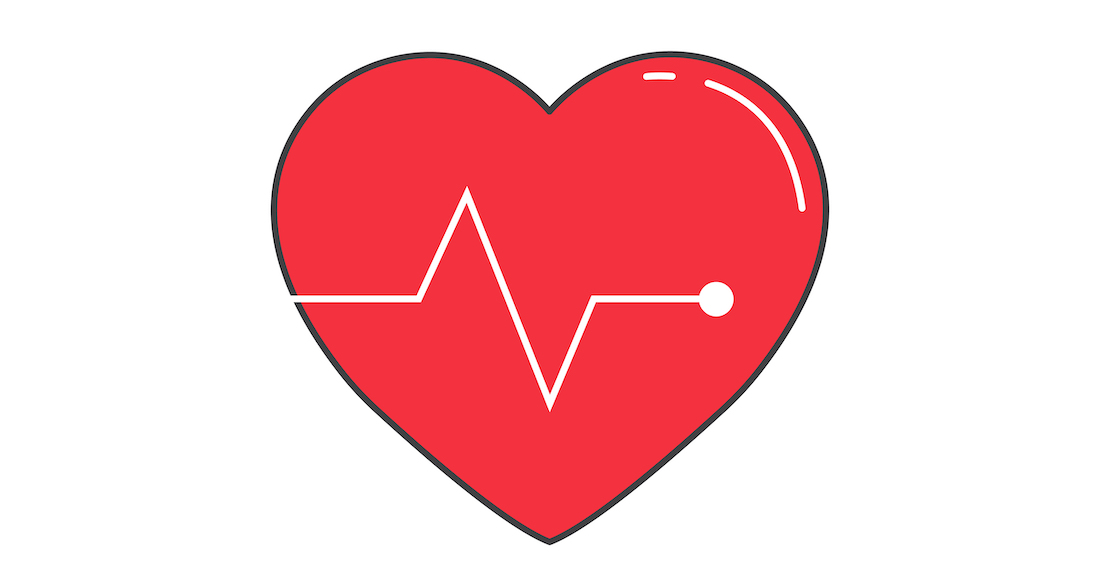
Diet, Cholesterol, and Heart Disease
Dyslipidaemia is an abnormal level of cholesterol and other lipids, also called fats, in the blood. It is divided up into primary and secondary types. Primary dyslipidaemia is inherited. Secondary dyslipidaemia is an acquired condition. That means it develops from other causes, such as diet, obesity or diabetes.
Lipids, such as cholesterol or triglycerides, are absorbed from the intestines and are carried throughout the body via lipoproteins for energy, steroid production, or bile acid formation.
Major contributors to these pathways are cholesterol, low-density lipoprotein cholesterol (LDL-C), triglycerides, and high-density lipoprotein (HDL). An imbalance of any of these factors, either from organic or non-organic causes, can lead to dyslipidaemia.
High LDL levels and risk of heart disease:
Elevated LDL “the bad cholesterol” is a major cause of heart disease. LDL causes the build-up of fatty deposits within your arteries, reducing or blocking the flow of blood and oxygen your heart needs. This can lead to chest pain and heart attack.
High LDL and vascular disease:
Atherosclerosis, the medical term for “hardening of the arteries,” is not limited to heart arteries, it also occurs in arteries elsewhere in your body, causing problems such as stroke, kidney failure and poor circulation.
Causes of high cholesterol:
Several health behaviours can have effects and increase lipid levels. Examples include physical inactivity, nutrition, smoking and obesity. Specifically, nutrition risk factors include the insufficient consumption of fruits, nuts/seeds, vegetables, or high consumption of saturated fats.
High cholesterol can be due to familial disorders. Autosomal dominant mutations cause most cases of familial hypercholesterolemia in LDL receptors, which causes an elevation in LDL-C levels.
How to treat high cholesterol:
Initial management for dyslipidaemia involves lifestyle modifications. This approach should include a diet with an emphasis on the intake of vegetables, fruits, and whole grains within an appropriate calorie requirement.
Also, adults should participate in moderate to vigorous aerobic physical activity 3-4 times a week for at least 30-35 minutes per day (300 minutes per week).
For those who do not have cardiovascular disease, treatment is determined by your individual risk for developing heart disease. That risk can be estimated using calculators which factor your age, sex, medical history, and other characteristics.
If your risk is high (7.5-10% risk of developing CVD over 10 years), your doctor may start you on treatment preventively. First-line treatment for dyslipidaemia is statins therapy.
In summary:
Prevent heart attack and stroke; do regular walk, healthy balance diet and weight loss. Medication if your risk is high.
Make a Booking Today.
Do not hesitate. Just talk to our freindly team.